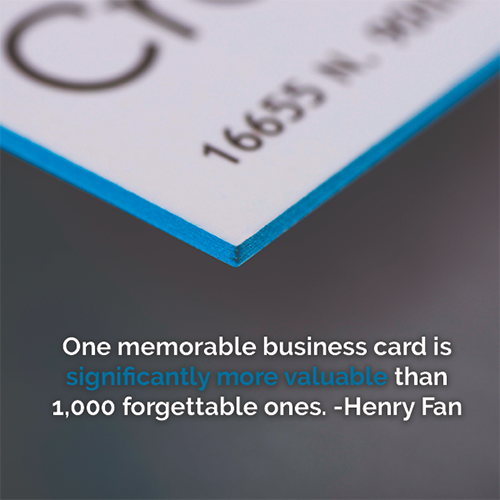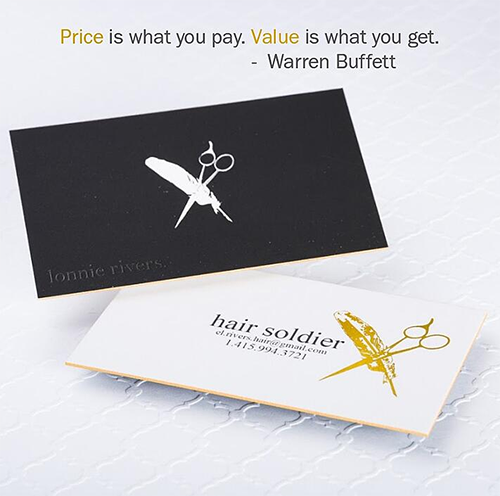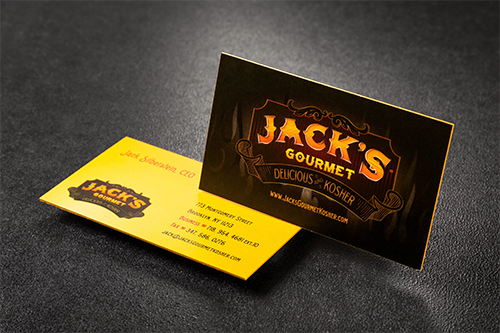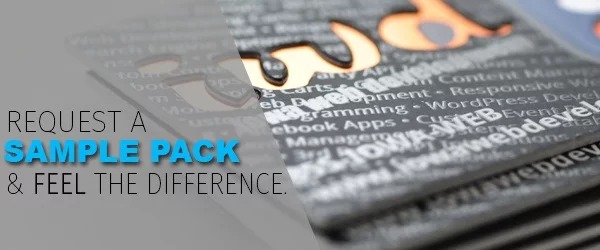If you’re like many other graphic designers, you may have given up on offering business cards as a viable product. Just how are you supposed to compete when third-party printing companies can sell a thousand for as low as $30? If this is your dilemma, take it as a sign that you need to rethink the possibilities of the business card.
They say you’re in trouble if your company competes on price alone. Someone can always come along and offer the same product you do at equal or lesser value. To truly differentiate your products and services, you have to add a value proposition that no other competitor has. So is the business card dead, or have many designers failed to really innovate?
Jazz Up Your Portfolio By Thinking Outside the Rectangle
The first problem is thinking of the business card in a two-dimensional way. If your design is exhibited on the typical glossy or matte cardstock that can easily fold in your hand, it can be difficult to convince a client to invest in your services rather than going the cheap route by using their own resources and a downloadable template.

One memorable business card is significantly more valuable than 1,000 forgettable ones.
-Henry Fan, President of SilkCards
But imagine if you started creating business cards in a more three-dimensional way. The impression they get when they look at the product you produce for the first time will convince them of the way their prospects will look at them when they hand over their card. Here’s how you can completely revolutionize your business card products to add value to your business:
1. Use Thick Cardstock
Thick cardstock, and not just a thicker version of the regular kind but rather hefty and solid stock, can provide numerous capabilities. With a heavier stock, there’s that unmistakable weight in your hand that is sure to provide a bit of a wow factor, and the business card will stand out in a stack of other cards.
In addition, higher grade cardstock allows for a variety of possibilities to applyintricate details into the business card design such as die-cutting to break free from the boring rectangle shape or colored edges that can accentuate an already eye-catching design.
2. Offer Specialty Materials
So anyone can stick paper into a printer, but can they offer plastic, suede, or silky smooth business cards? These out-of-the-box materials can diversify your portfolio and spark conversation for prospects in any kind of industry. Consider cotton and suede stocks as well to provide a more tactile experience.
3. Add Textured Elements
Speaking of making the business card a tactile experience, that’s something that the stereotypical business card just doesn’t have. Designers always talk about using accent colors or making use of negative space, but what if those elements could transcend into a more physical manifestation? Just imagine raised Spot UV, premium foiling, letterpress and embossing, or perforation bringing your design to life. Have you been ignoring the potent experience of touch, texture, and weight to focus solely on the visual? If so, your business cards are flat and offer nothing that your clients haven’t already seen. It’s time to push the envelope a bit.

Quality Craftsmanship Determines Value
Just imagine the capabilities that these printing methods could have when paired with an extraordinary graphic designer’s imagination. Can you feel the inspiration hitting already? The luxury business card is not dead yet, and it can still provide profit to design businesses.


